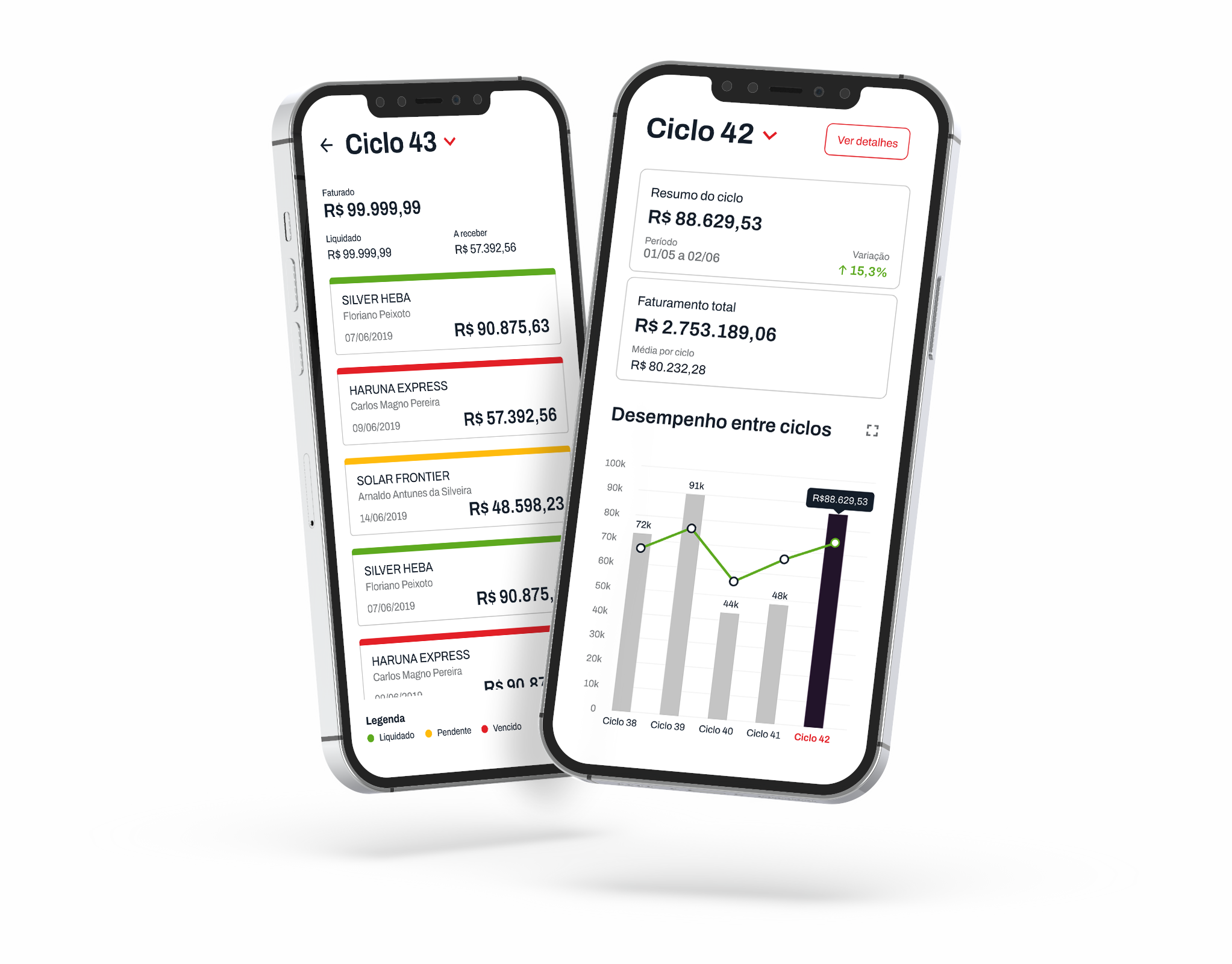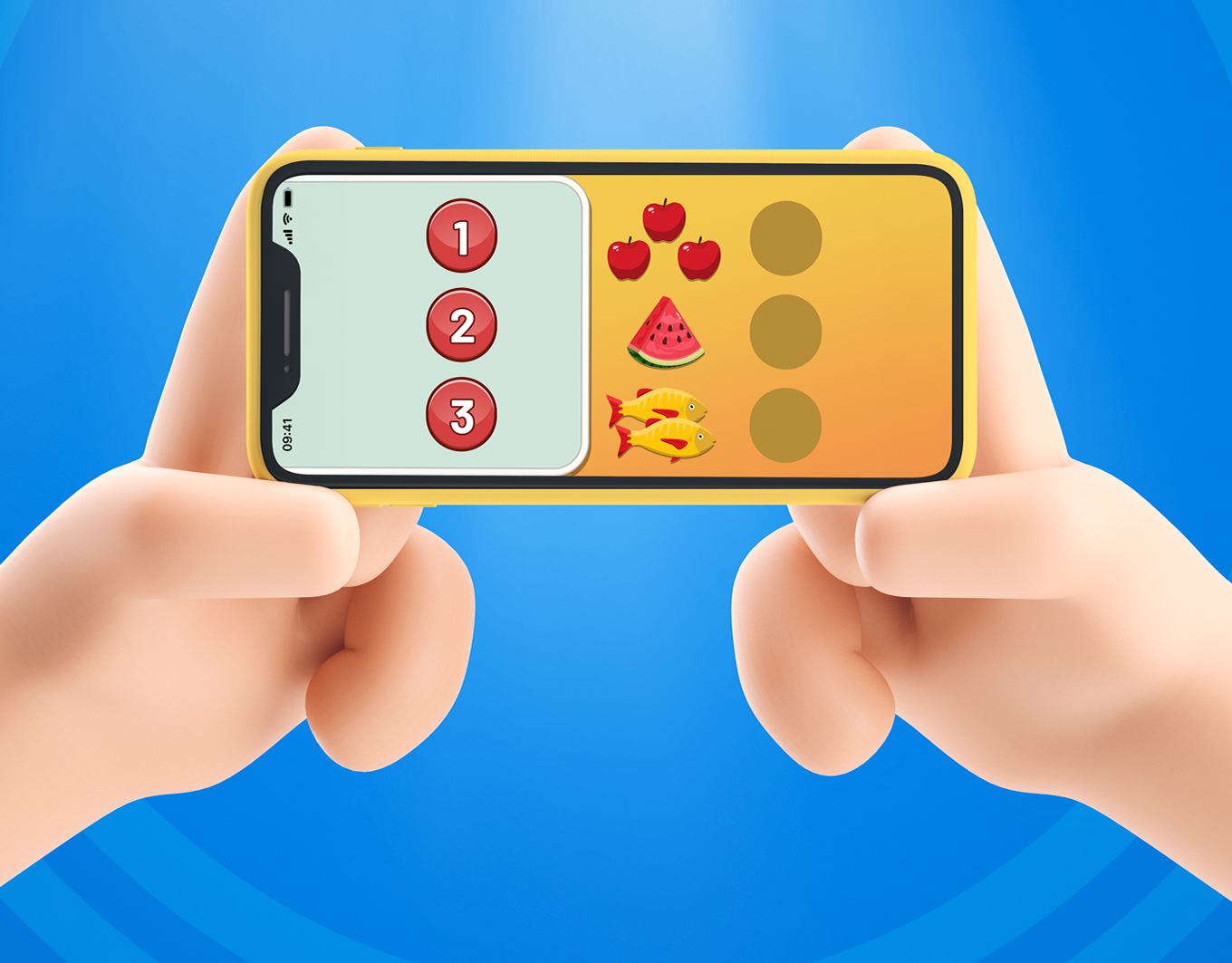CUBO is an Android app developed for Grupo Mateus, a retail company, designed to help managers and supervisors on their daily activities.
This project will be presented in two distinct phases, each related to unique features that contributed to the final product.
All NDA-protected items, including store financial data, have been replaced with fictional information to ensure confidentiality and compliance.
Timeframe
6 months
6 months
Role
UI/UX Designer
UI/UX Designer
Team
Ana Beatriz Avelar / UX Writer
Elizeu Louzeiro / Full-stack engineer
Vitor Thomaz / Full-stack engineer
Joel Bispo / Product Manager
Ana Beatriz Avelar / UX Writer
Elizeu Louzeiro / Full-stack engineer
Vitor Thomaz / Full-stack engineer
Joel Bispo / Product Manager
PHASE I - Retail store data
How might we improve the accessibility of retail store data for managers and supervisors?
PROBLEM FRAMING
Managers and supervisors used an internal system and app to monitor and manage sales in their stores. However, there were numerous complaints regarding the complexity required to access and interpret the data, leading to inefficiencies in daily operations. Based on some reports, our team was asked to evaluate the potential of incorporating a voice interaction feature to streamline the workflow and improve user experience.
RESEARCH
CSD Matrix
On the discovery phase, we decided to build a CSD Matrix to support our collaborative understanding of the problem. Based on the reports received, we built a first draft that would allow us to define our research strategy.
Desk research & Direct observation
To answer questions about the app and its use, we analyzed the app team's materials (documentation, surveys, complaints) and spoke with team members. In addition, we conducted field observations in the stores, following the routine of the managers and supervisors and taking notes about their habits.
Interviews
To address questions that couldn't be directly observed, such as the main problems faced when using the system and their decision-making process, we conducted interviews with the app's users between these observation sessions.
IDEATION
When all the necessary data was gathered (i.e. data saturation), we identified some key information:
• Users were already used to voice interfaces, having used another messaging app to communicate with each other
• In their day-to-day activities, users learned and used different terms from those presented by the app
• Accessing store information via the app was time-consuming, with users having to tap the screen from 5 to 8 times
• Due to the busy routine, monitoring the store data was usually done while carrying out other tasks
After discussing these findings, the team decided to build a prototype for a feature that would be embedded in the current app. For this task, research was done on VUIs used in the industry and the screens of the main app were reviewed, so we would adhere to its visual guidelines.
Then, some proposals were made until we got the Version #1 of the solution, which had the main voice feature and a simple response structure.
VALIDATION
To validate the prototype, we conducted some sessions of usability testing with managers and supervisors and then iterated the UI from the key findings. The main objectives of the sessions were to understand the relevance of the voice user interface and its value to users, as well as how it could be better integrated into the existing app.
After presenting and discussing the key findings, the team voted on the adjustments that needed to be made according to their impact, to prioritize and streamline the development process. Some of these adjustments on the Version #2 include:
• Adding clear instructions on how to use the voice feature
• Adding a keyboard to write the prompts
• Modifying the structure of the response to highlight the data and add a more engaging tone to the response
• Updating the dictionary to fit the terminology used by users
PHASE II - Handling standard operating procedures
How might we use a conversational interface to support procedures updates and manager training?
PROBLEM FRAMING
The quality assurance department was responsible for restructuring standard operating procedures (SOP) for certain areas, as well as communicating updates and conducting training sessions for managers — a process that required a significant amount of their time. To optimize this workflow, the board requested a feasibility study on implementing a conversational interface to handle inquiries.
RESEARCH
Since the expected medium (conversational interface) had already been defined, it was necessary to assess stakeholders’ needs to ensure their specific requirements were effectively accommodated.
Group interviews
To accommodate multiple perspectives within the tight deadline and the availability of employees, group interviews were conducted with the quality assurance team and the managers undergoing training. This approach facilitated the prompt identification of patterns and discrepancies and enabled the identification of relevant use cases in day-to-day operations.
Direct observation
In order to observe the behavioral aspects of the managers, visits were conducted to the training sessions organized by the quality department. This observation provided valuable insights into the primary challenges encountered, both in the presentation of the procedures and in their comprehension.
IDEATION
Based on the information gathered, the team convened to prioritize the key aspects of the experience in order to enable the execution of further tests. Some of the agreed-upon topics were:
• Combine the features: the app would be organized into “Store” and “Work” modules, according to the users' mental model
• Simulate real training: the procedures would be displayed step by step, as presented in the training sessions
• Improve accessibility: buttons would be added to access the information even in noisy environments
• Leverage the old interface: due to the similarity of functions, minor adjustments would be made to the interface to accommodate both modules
1. Features combined
The app now includes a dedicated section for retail information, featuring store indicators (in red), as well as a section for accessing standard operating procedures (in yellow).
2. Retail store data
Real-time feedback on spoken content has been added, and the presentation of store information has been adjusted to enhance readability.
3. Information on procedures
Data and updates regarding standard operating procedures are delivered to managers more efficiently through the seamless integration between the app and the quality assurance department’s database.
RESULTS
Following the app's implementation, we monitored predefined usability and adoption metrics to evaluate its impact on operational efficiency. Key outcomes within the first two weeks included:
• 82% daily active usage among managers and supervisors, demonstrating strong engagement
• 72% reduction in average task time for store data retrieval, decreasing from 52 seconds to 15 seconds
• 93% accuracy rate in command recognition, ensuring reliable system performance
• 62.5% decrease in weekly QA training time, from 4 hours to 1.5 hours
Our next steps would involve assessing the ROI by calculating the cost savings from reduced training and time waste, in comparison to the implementation costs.
Feel free to explore the outcome of this process in greater detail through the prototype below:





